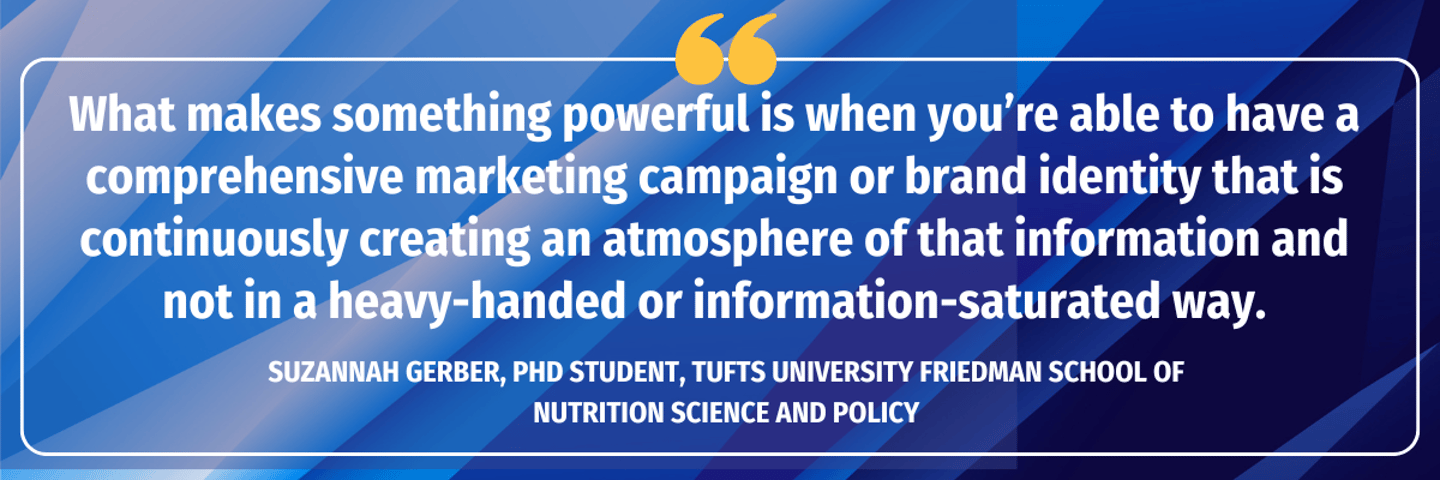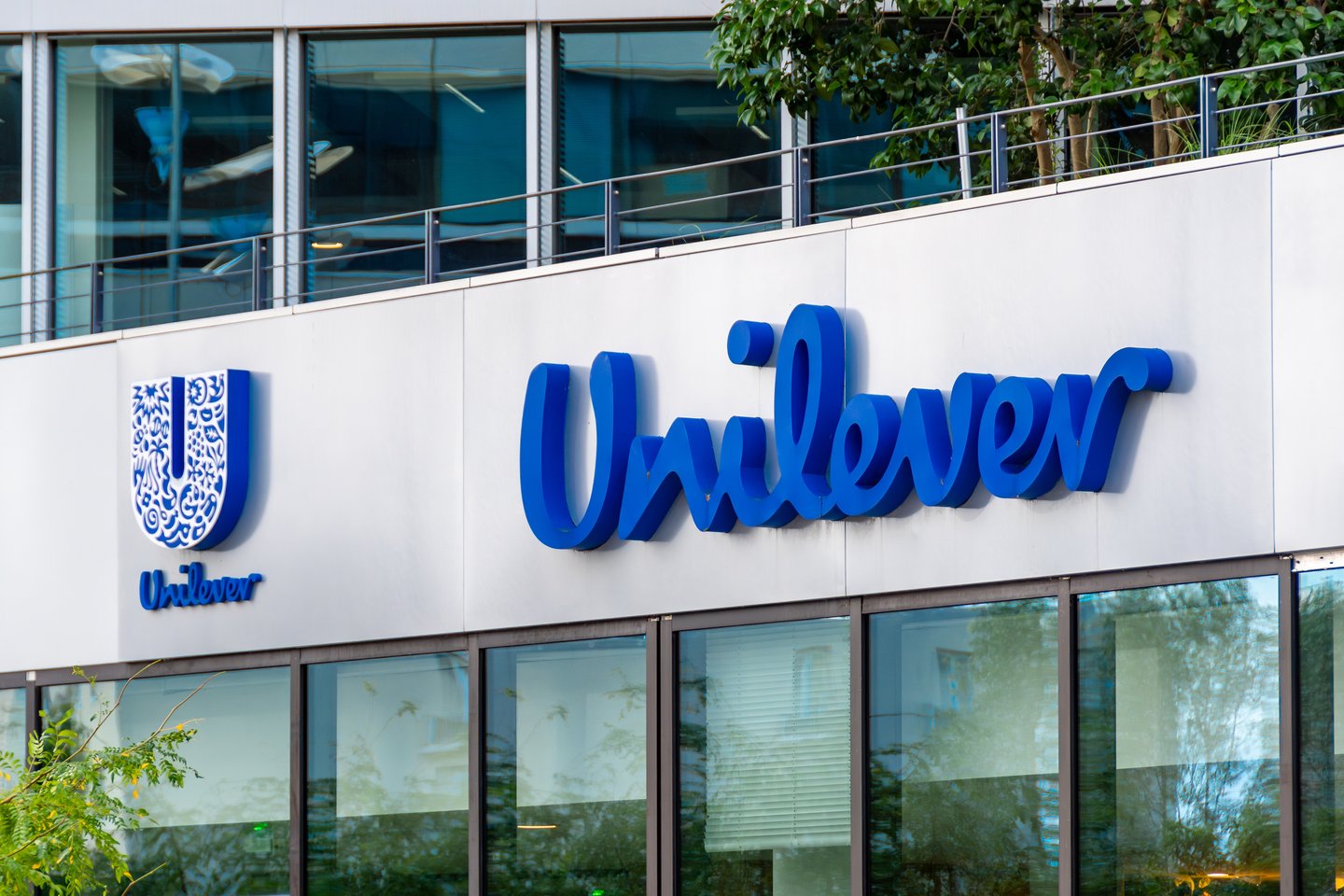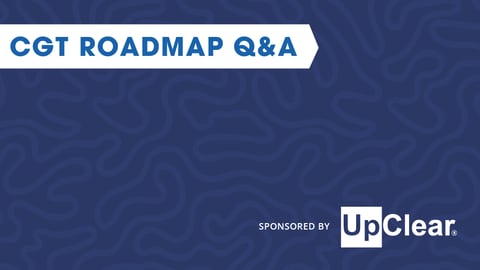Consumers May Suffer From Product Information Overload, But Maybe AI Can Help
Sometimes, having many choices isn’t all it’s cracked up to be.
Seventy-five percent of consumers abandoned their shopping carts in the past three months “because they felt bombarded by content, overwhelmed by choice, and frustrated by the amount of effort they need to put into making decisions,” according to a recent Accenture report.
What’s more, 74% of retail sales are at risk due to “information overload,” per the firm. Today there are 16 core channels brands can use to reach consumers — and that number is climbing, Oliver Wright, managing director of strategy, consumer goods, and services at Accenture, tells CGT.
- More research: Learn why online grocer shopping is a hardy trend
Brands must become more discerning in how they present information, or they risk losing sales, experts say.
Consumers have an overwhelming number of products to choose from. Retail giant Amazon, for one, lists 600 million SKUs, Wright says, which is creating unprecedented complexity not only in the different ways to access a product but also in how a consumer can get information about it.
Although some of those SKUs are likely for duplicate products, he adds, “You’re still talking about hundreds of millions of SKUs, so the ability to get the right product in that setting is super difficult,” and consumers’ confidence level is slipping.
The Information Conundrum
The phrasing often used to describe a product can also be confusing. For example, a brand can say a product is organic, but that can be interpreted differently, depending on where the product is featured.
“The thing that makes advertising powerful is not any one piece of information, like a claim on a package,’’ says Suzannah Gerber, a senior investigator in food behavior and nutrition, and a PhD student at the Tufts University Friedman School of Nutrition Science and Policy.
Providing too much information backfires, and “causes [consumers] not to trust you,” Gerber says, adding that this is further hampered by the fact that they also don’t have a long attention span. “The best thing I think brands can do is really identify what differentiates their product from a similar product in a value proposition way as opposed to a dry, educational way.”
There are usually five takeaways on an item label or in an ad, and it’s best for brands to aim for three that define and differentiate their product, Gerber says.
“If your snack bar is about athletes, address the hedonic things to that audience,” such as how it makes them feel strong and provides fuel for their day, “but with one concise nutritional takeaway and one concise emotional takeaway,’’ Gerber says.
Her research found that “in an online context, where you have an infinite amount of space, almost every company takes advantage of this to add more information. I’m unconvinced it’s unhelpful.”
The Role of AI
For Unilever, not getting lost in the product shuffle is top of mind. The company is enhancing its understanding of generative AI and learning how to provide the right information to consumers through “controlled experimentation,” a company spokesperson says.
The company has a proprietary generative AI tool that auto-updates product descriptions on digital commerce sites to respond to search trends. It’s live across 10 markets — the U.S., U.K., UAE, Australia, Canada, New Zealand, Philippines, South Africa, Germany, and Spain — and is helping brands appear when shoppers are looking for specific products.
The goal is to save both time and costs associated with monitoring and rewriting descriptions. The technology auto-updates names and develops high-quality descriptions for all types of products and new launches, while also helping generate relevant, search-optimized content to allow for continuous improvements as search trends emerge.
AI can help consumers organize and prioritize the information received by providing personalized recommendations and filters. Alcoholic beverage company Brown-Forman has also implemented a related strategy, leveraging AI to tailor consumer messages on its product display pages. The messages are aligned for each stage of the purchasing journey, and as consumers get closer to the checkout cart, more information is provided to complete their purchases seamlessly.
Over time, conversational agents will learn individual preferences and then present only the most relevant information from various sources when asked, Wright says. They could also help consumers track and manage their information consumption habits to avoid overload.
More Work To Be Done
Ultimately, the goal is for consumers to have clarity and not be overloaded with information when shopping and researching products. Achieving this means developing “much more common standards for expressing things and making comparisons” like describing something as organic, sustainable, or free range,” since they can mean different things, Wright says.
Brands must come up with a consistent set of terms so that when consumers conduct an online search, they find information they can actually trust, he says. “Frankly, today, it’s not possible to do that.”
Gerber agrees: “It’s important for companies to protect their brand. It’s important for companies to have consistent messaging” and be aware of “how their product is being represented both from their consumer-facing communications and by their retail partners.”








